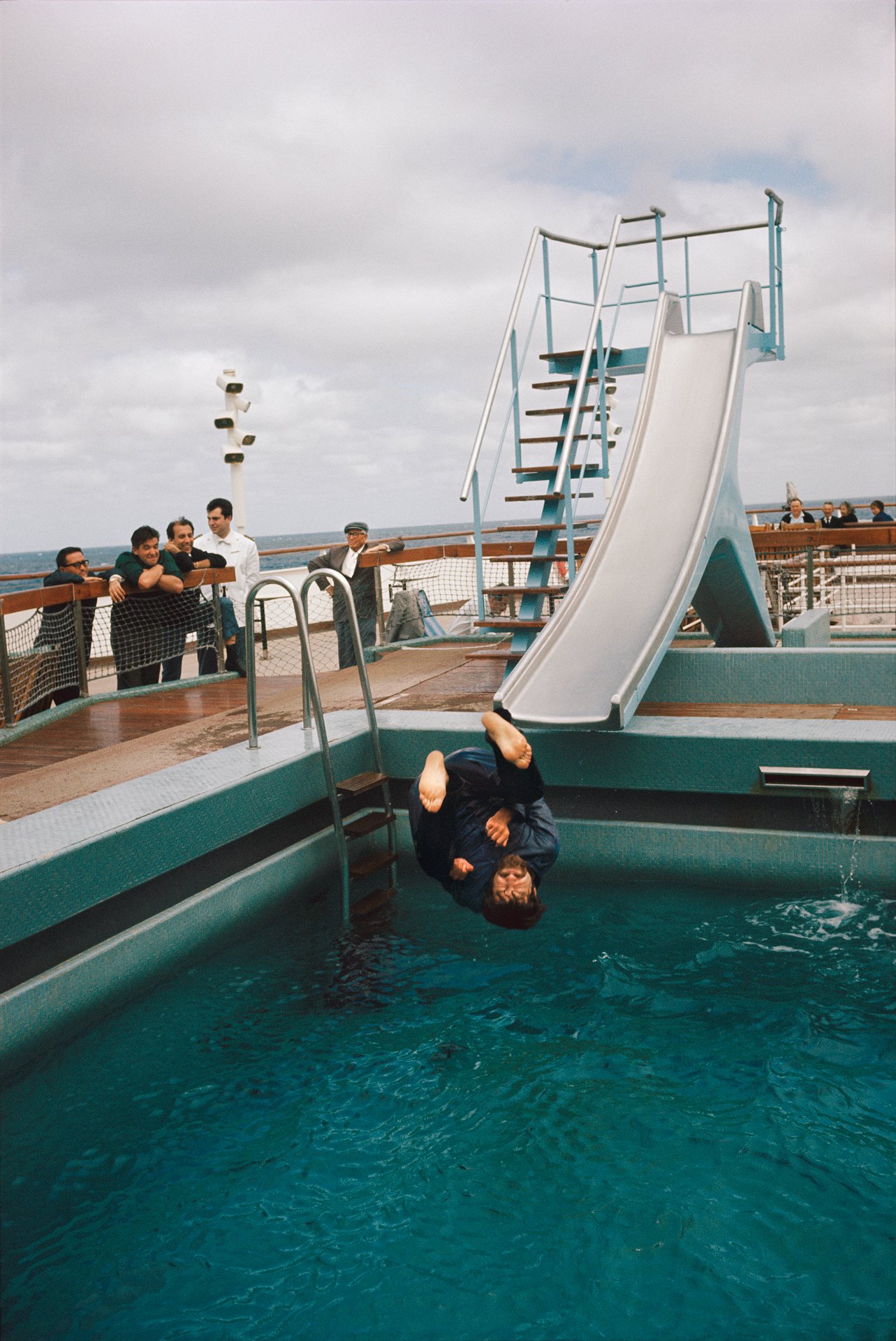Kwasi Darko | Barima
© Kwasi Darko
Barima
Written by Liv Mason
On August 5, 2024, the Eiger Foundation happily announced the top 20 entries for the prestigious African Photobook of the Year Awards 2024. Among these top-ranking entries is Kwasi Darko’s Barima.
When Darko initially began taking photos, he aspired to showcase Ghana, his home country, in a more positive light. In Western media, the African continent tends to be portrayed as an impoverished land void of color and riddled with disease; though, in merely photographing his immediate surroundings, Darko unveiled a candid vibrancy and liveliness in his community. Darko received a flood of positive feedback for his minimal, yet vibrant, approach to compositions. As it turns out, this positivity was exactly the push he needed to egress from the shallows and jump into the unexplored depths of photography.
© Kwasi Darko
Hard Soft Boys
Barima
Darko explains, “[The positivity] really encouraged me to pursue making images on a deeper level,” and through his practice he found “you can say what you felt with an image. What a writer would use words to enunciate is what I used a photograph to do. It was my own language of activism.” Each photograph Darko has taken is a word added to the dialect of his self-conceived language.
While erroneous Ghanaian portrayals informed Darko’s earliest works, Shabun hones in more specifically on non-conforming expressions of gender and identity. From a very early age, children are conditioned to conform to specific gender roles and confinements. It is like holding a mirror to someone and insisting that their attitudes, beliefs, behaviors, and appearance reflect the endorsed mainstream. Barima imagines the outcome of a self and society when a string of fluidity is run through contemporary and traditional African spaces. Just because these selves, these identities, are not openly talked about does not mean they do not exist. Barima is a utopian Ghana where fluidity is embraced with arms as widespread as they are to the mainstream.
© Kwasi Darko
"Boyz n The Pool"
Barima
© Kwasi Darko
"Twosday on a Monday"
Barima
Young boys can get away with so much that older men cannot. For example, young boys play fight and wrestle, and even as they find their bodies closely intertwined, parents look on with amusement. However, as they grow older and are taught that queerness is bad and straightness is good, it becomes no longer socially acceptable for men to exist in such close public proximity. His photograph “Boyz n The Pool” is a heartening connection of bodies without restrictions.
© Kwasi Darko
"Young Hearts Run Free"
Barima
Barima also addresses a universal problem created by white-centric beauty standards. He reflects, “Growing up, for a very dark person to be complimented on their beauty, we would literally reference it to whiteness in the term ‘tuntum broni’ meaning ‘dark whiteness,’ the whiteness here being synonymous with beauty.” Darko’s work addresses the injustice of black beauties only being acknowledged and celebrated if they fit within the strict bounds of the white standard. As with his earliest works, Darko provides a rebuttal wherein dark muses are photographed in landscapes and garb devoid of the white standard. The result is so absolutely and undeniably gorgeous that it is hard to pull one’s eyes away. Kwasi Darko’s Barima is a triumph for all.
© Kwasi Darko
"The Element of Freedom"
Barima













